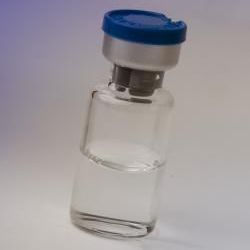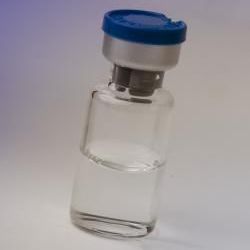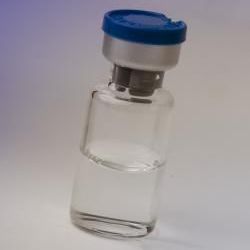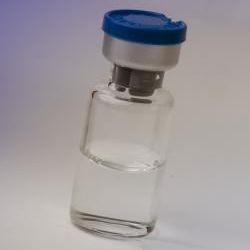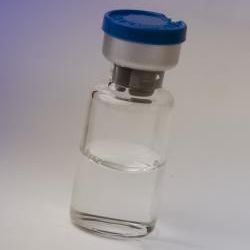

- Products
- Catalogs
- News & Trends
- Exhibitions
Monoclonal antibody BM410-D5F9for ELISAfor Western blotliquid
Add to favorites
Compare this product
Characteristics
- Type
- monoclonal antibody
- Applications
- for ELISA, for Western blot
- Format
- liquid
- Tested parameter
- for calprotectin
Description
Calprotectin becomes available in the intestinal lumen via leukocyte shedding, active secretion, cell disturbance and cell death. This results in elevated faecal calprotectin levels, which can be detected in the stool. Elevated faecal calprotectin levels therefore indicate intestinal inflammation. People with active inflammatory bowel diseases (IBDs) such as, ulcerative colitis or Crohn's disease have as much as a 10-fold increase in faecal calprotectin levels and the measurement of calprotectin can serve as a biochemical test for these diseases.
Exhibitions
Meet this supplier at the following exhibition(s):

Related Searches
- Molecular biology reagent kit
- Research reagent kit
- Laboratory reagent kit
- Protein reagent kit
- Enzyme reagent kit
- Reagent medium reagent kit
- Cytology reagent kit
- Antibody
- Clinical chemistry reagent
- Bacteria reagent kit
- Blood sample reagent kit
- Virus reagent kit
- Lyophilized reagent kit
- Serum reagent kit
- High-sensitivity reagent kit
- Cell culture reagent kit
- ELISA test reagent kit
- Human-based reagent kit
- Enzyme reagent
- Animal-based reagent kit
*Prices are pre-tax. They exclude delivery charges and customs duties and do not include additional charges for installation or activation options. Prices are indicative only and may vary by country, with changes to the cost of raw materials and exchange rates.


